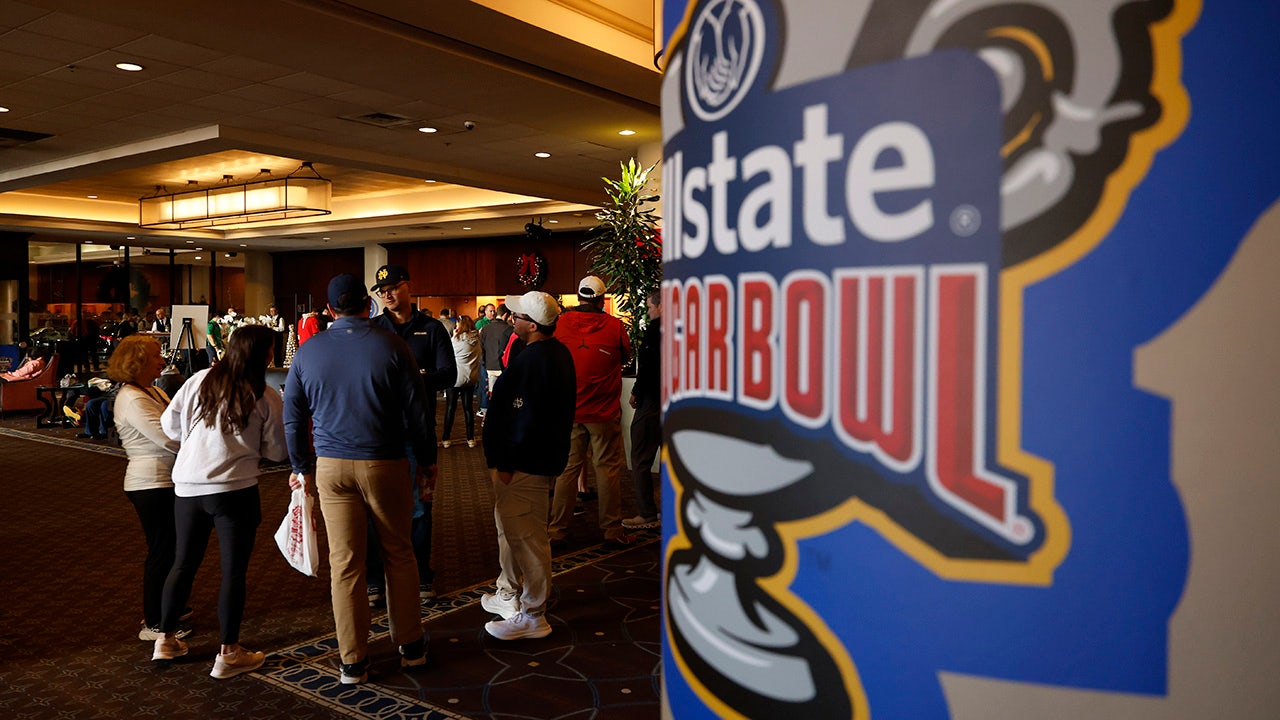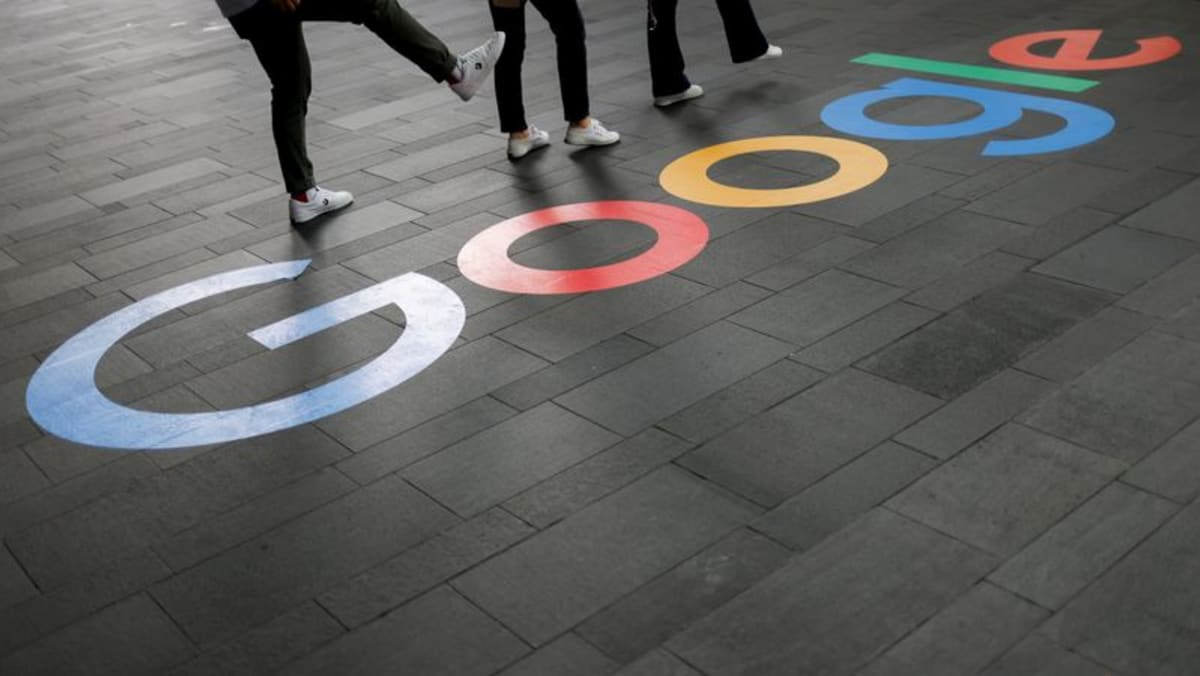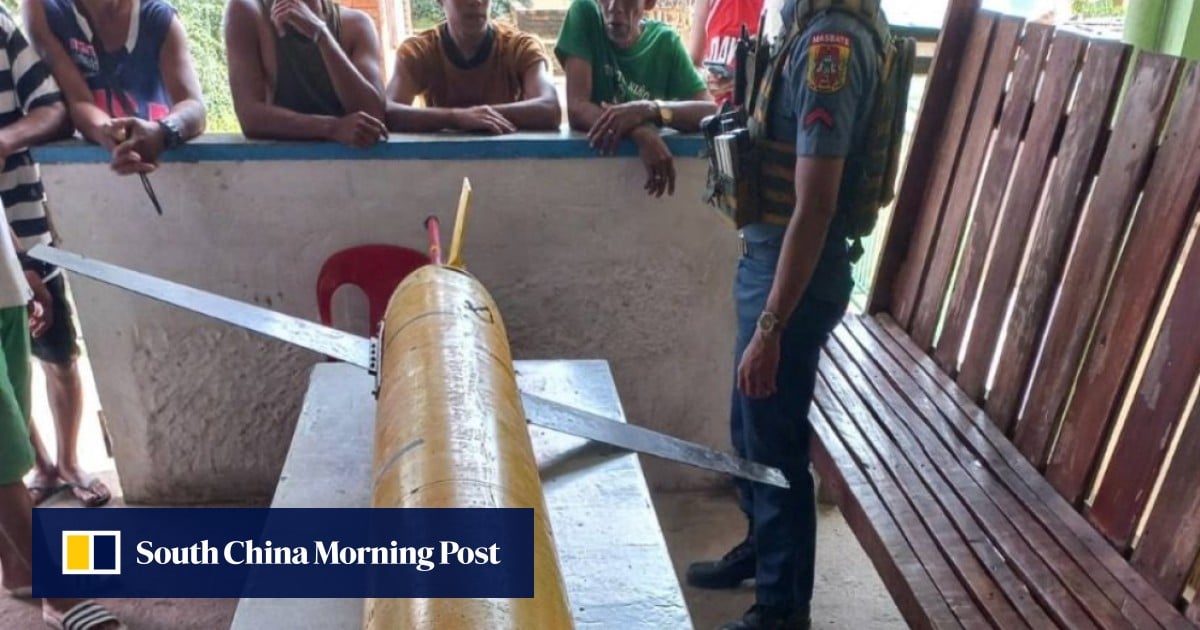By Mahlon Meyer
Northwest Asian Weekly
Rendering of lid provided by Sound Transit
As Sound Transit (ST) considers options for a transit hub in or near the Chinatown-International District (CID), advocates said the agency has ignored a potentially life-saving idea for the community—to build a lid, or deck, parallel with Fourth Avenue—that would shield the community from a flood of traffic during construction. In response, the agency said this would potentially involve prohibitive construction.
Still, said Brien Chow, co-founder of Transit Equity for All (TEA), one of the advocates, “It’s a no brainer. It satisfies everyone’s needs.”
Chow said he believes ST’s reluctance to consider the option is, in fact, related to cost.
Trying to get word out
At several recent ST workshops in November and December, Chow said he had to protest vociferously to get his idea across to the room.
His idea, which is supported by TEA co-founder Betty Lau and others, is for ST to build a lid, or deck, parallel with Fourth Avenue to serve as a ramp to detour traffic over while the avenue is under construction for the new light rail station (all indications, Chow said, are that ST will build on Fourth Avenue, although it hasn’t entirely ruled out Fifth).
The concept involves diverting the 30,000 daily cars that pass down Fourth Avenue over the lid so that they do not have to be switched into the CID or Pioneer Square. He calls it a “win-win” for everyone—ST can construct its transit hub, and the two communities can avoid inundation with traffic.
According to ST statistics, at peak hours, 50% of traffic would have to be diverted through the CID. Moreover, Chow proposes that when construction is finished, the lid be overlaid with a park, creating a green space of trees, grass, gardens, walkways, and other features that both communities have long been pining for. He further notes that such “lid” concepts are the new norm—the cutting edge in urban renewal projects across the city.
Seattle City Councilmember Dan Strauss, speaking of the I-5 corridor, told the Urbanist, “We should lid as much of the city as possible.”
ST said that a lid for only a park—but not to route cars over—was not impossible.
“A lid for community open space has been studied in the past,” said ST public information officer Rachelle Cunningham in response to emailed questions. “This would require additional study.”
Community-requested concept of 4th Ave detour
Impossible hurdles?
But ST said a lid for traffic was potentially not feasible. For one, it could not be built at the same grade as other overpasses in that area.
“A lid that could support traffic would need to be higher than existing adjacent roadways to provide clearance to trains below,” said Cunningham. “It would require reconstructing the overpasses.”
Still, transit experts say that reconstructing surrounding traffic routes during major construction is often par for the course. For instance, during the widening of I-405, each time an overpass is encountered, construction crews must build a new overpass with a greater span to replace it.
Another issue with building a lid would be constructing supporting pillars to hold it up, said ST.
A slide provided by ST at its workshops said a lid would require a substantial structure with deep foundations with a limited space for support columns, creating a potential conflict with BNSF [railroad], Amtrak, and Sounder operations.
Additional staging would be required near Fourth Avenue South to build the lid, according to the slide.
“For these reasons outlined…our current further studies efforts showed that a lid for diverting traffic is deemed to be not practical. We will continue to study other ways to address traffic impacts,” said Cunningham.
Ignored?
Chow and Lau, who have had the most interactions with ST staff, are suspicious.
This is not just because the community has endured over a century of destruction at the hands of authorities—starting with persecution of Chinese in the late 19th century culminating in the Chinese Exclusion Act of 1882, the expulsion of Chinese from Seattle and Tacoma in the late 1800s, and the murdering of other Chinese along the West Coast around the same time, down to the forcible removal of the community from its location twice, redlining that forced people of color into the neighborhood, the bisecting of the CID by I-5, down to more recent infrastructure invasions that have closed streets and businesses, and now Asian hate and the concentration of homeless shelters in the area.
They are suspicious because, for instance, of the way the park lid idea was handled.
At a recent workshop, according to Chow, ST presented a distorted and altered version of the concept—a lid with a blue rectangle on it that was supposed to represent housing that the presenter reportedly said the agency assumed the community would want.
This was later misrepresented as an idea that had come from the community, said Chow.
ST had failed to make a slide representing the park lid concept (though it had done so with other community concepts that were perhaps less feasible), said Chow. He then made his own image of the concept to share with the community.
Cunningham said the agency did look at this idea.
“The issue is that it is not technically practical,” she said.
But when Chow tried to bring it up for discussion at a workshop, ST initially told him to switch tables and moved him to a table partially occupied by members of ST and City of Seattle staff, until finally he insisted that he share his idea with the whole room.
“I think they’re a little afraid of me,” he said. “I speak my mind.”
But both he and Lau said this is the first time they’ve ever “taken on a corporation.”
In the end, Chow spoke to the room about his idea.
But, he said, ST engaged in another move that appeared to potentially sideline further consideration of the lid concept.
Of all the other ideas under discussion, his was the only one that ST staff asked the room to vote on whether or not to move forward. He also said that all other ideas would move forward without a vote and continue to be studied by ST.
Said Lau, of the entire episode, “This is a blatant case of not-so-subtle sabotage of a community idea to handle traffic—using a lid, or a deck—and provide a large, sorely needed green space (post construction) for long overdue environmental justice and repair of past harm.”
She added, “The lesson here is we can’t trust Sound Transit staff. We must remain vigilant in monitoring Sound Transit actions, continue to attend meetings, and make public comments.”
ST responded, “We have been actively engaging the community to shape our further study scope and to inform our process for iterative, inclusive, and meaningful engagement throughout the study period.”
Mahlon can be reached at info@nwasianweekly.com.





















Discussion about this post